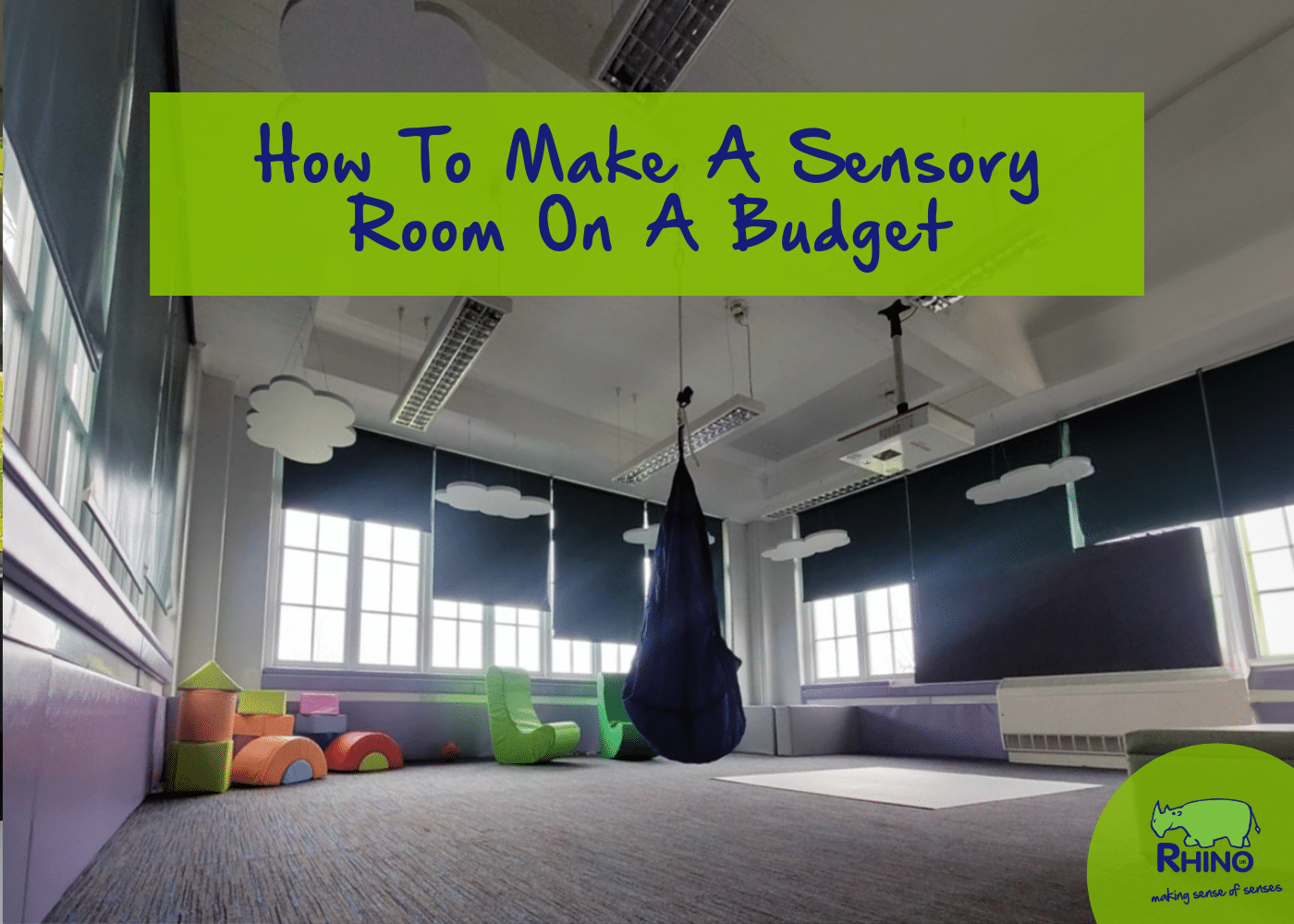A ‘Sensory Environment’ is an umbrella term used to categorise a variety of sensory spaces designed to positively impact people with special needs or disabilities. For example, sensory techniques have been proven to help those with mental health issues in mental healthcare settings.
When used appropriately, sensory rooms and equipment can:
-
- Help to create a safe space.
- Facilitate a therapeutic alliance.
- Provide opportunities for engagement in prevention and crisis de-escalation strategies and a host of other therapeutic exchanges (to teach skills, offer a variety of therapeutic activities, etc.)
- Promote self-care/self-nurturance, resilience & recovery.
Within mental health settings, there are several sensory rooms available which typically fall under the sensory modulation room category.

What is Sensory Modulation?
Sensory modulation is a neurological function and is the organisation of sensory information for ongoing use. Efficient sensory modulation can effectively regulate the degree to which one is influenced by various sensory inputs. The goal is to regulate sensory input and make sense of the physical world and the place of the self within it.
Efficient sensory modulation allows the central nervous system to regulate such things as attention and activity level by enabling the person to focus on the essential stimuli whilst filtering out irrelevant stimuli.
What Sensory Environments are Suitable for Mental Healthcare?
Quiet rooms are designed to be more sensory focused and used mainly for crisis de-escalation and prevention. An essential part of sensory environments is to emphasise engaging in meaningful therapeutic activities and recognising the connection between the self and the physical environment.
When you’re thinking about building a sensory room, it’s essential that you consider the users’ needs, behaviours, and preferences; e.g. don’t choose to paint the walls red if the colour makes the users feel anxious and angry. Every little detail needs to be considered!



